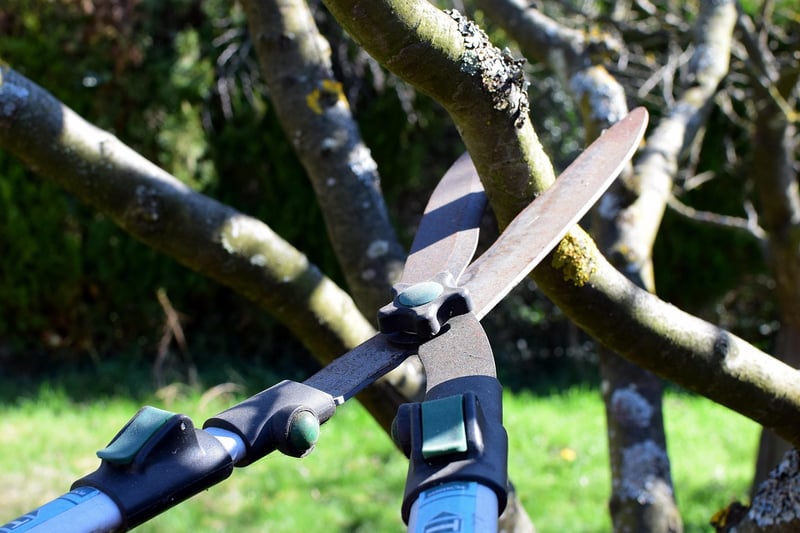Pruning Guidelines
Caring for Your Garden: Pruning Guidelines
The Importance of Pruning
Pruning is an essential task in garden maintenance that promotes plant health, controls growth, and enhances the overall appearance of your garden. By removing dead or diseased branches, you can prevent the spread of diseases and encourage new growth.
When to Prune
The timing of pruning depends on the type of plant. Generally, it is best to prune flowering shrubs after they bloom, while winter is a good time to prune deciduous trees. However, dead or diseased branches should be removed promptly regardless of the season.
Tools Needed
- Pruning shears
- Loppers
- Pruning saw
- Gloves
- Sterilizing solution
Pruning Techniques
When pruning, make clean cuts at a 45-degree angle just above a bud. Remove any crossing or rubbing branches to prevent damage. For larger branches, use a three-cut method to avoid tearing the bark.
Common Mistakes to Avoid
- Pruning at the wrong time of year
- Over-pruning, which can weaken the plant
- Leaving behind jagged cuts
- Not sterilizing your tools between plants
Examples of Pruning
Here are some common plants that benefit from regular pruning:
- Roses: Prune in late winter or early spring to encourage new growth and blooms.
- Hedges: Trim hedges in late spring and early summer to maintain shape and density.
- Fruit Trees: Prune fruit trees in late winter to improve fruit quality and yield.
Conclusion
Pruning is a crucial aspect of garden care that should not be overlooked. By following proper pruning guidelines and techniques, you can ensure the health and beauty of your garden for years to come.
Remember, each plant may have specific pruning requirements, so it's essential to research the particular needs of your garden's flora.

For more information on garden care and pruning techniques, visit Royal Horticultural Society.
